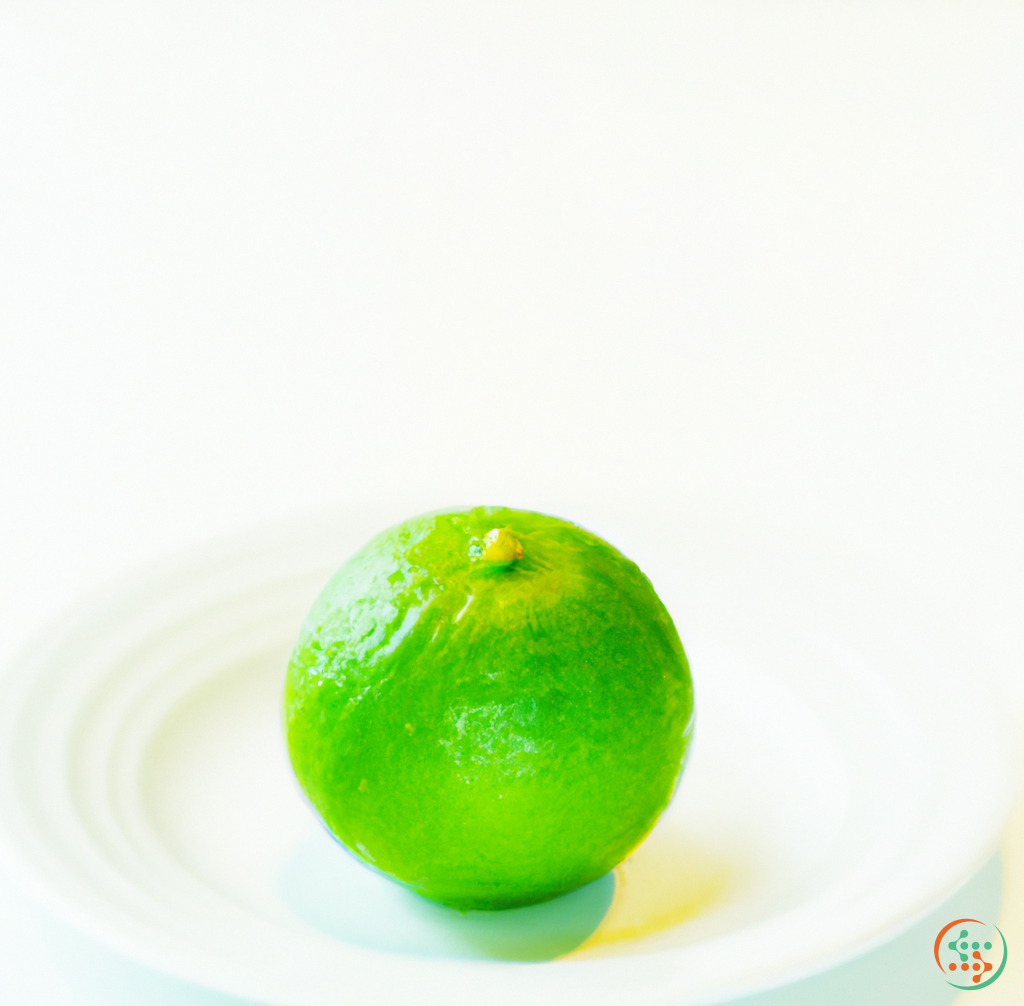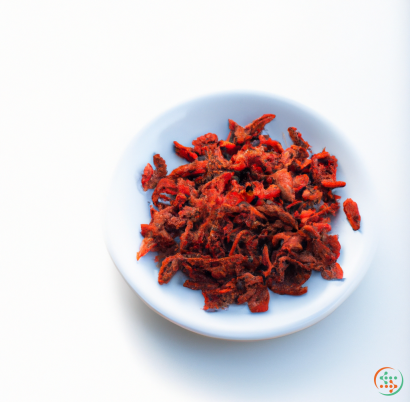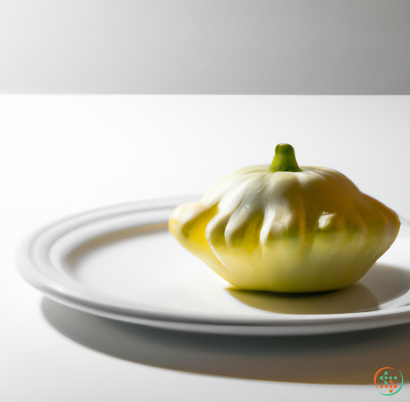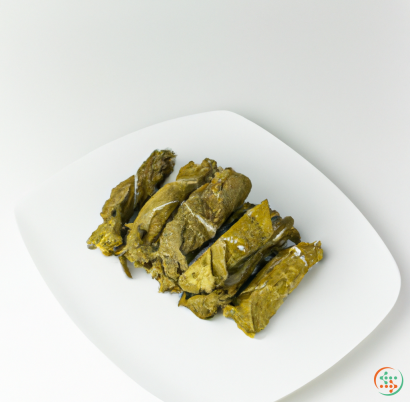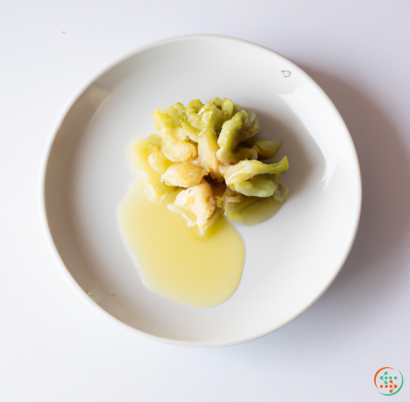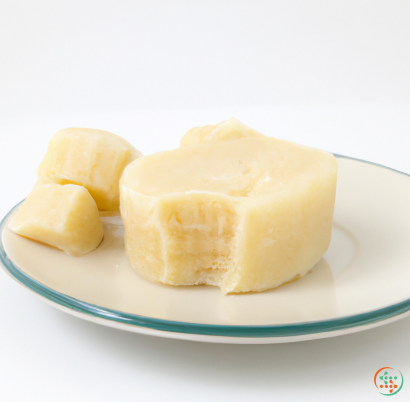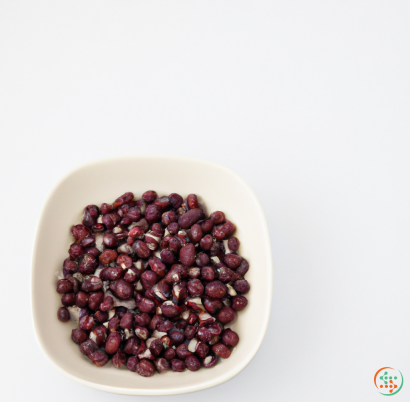Lime
The name lime is often used for a variety of citrus fruits, but the most popular one is Citrus aurantifolia, also known as the Key lime. The lime, a small acid-tasting fruit, has quite a history, and it has become one of the essential ingredients in many dishes and beverages. Not only is lime full of essential nutrients and antioxidants, but it also has a unique taste that adds a wonderful flavor to dishes and drinks.
The lime is a small fruit, usually with a diameter between two and four centimeters. The exterior of the fruit is thin and smooth, with several patches, and the flesh inside can vary from green to yellowish-white, depending on its ripeness. Inside, the lime is separated into eight white segments and has a tart, acidic taste.
Limes have been present throughout history, with records going back thousands of years. It is believed that limes originated in Southeast Asia, and then spread to India, China, and the Middle East. They were commonly used as a cure for scurvy, which was a fatal disease for sailors who spent months on the sea without access to vitamin C.
In colonial America, limes were rarely seen, as they weren't available in the States until the early 1800s. The first limes in the United States were believed to be brought by Spanish pirates and were used in the Caribbean Islands and other regions near the Caribbean Sea. By the 1840s, Key limes were imported in Key West and Florida, and they're still often referred to as Key limes. From there, limes spread across the country, and by the 20th century, they were widely cultivated in California and Florida.
Limes are incredibly versatile and can be used to add flavor to all sorts of dishes, both savory and sweet. On the savory side, limes are often used in marinades and salsa, to bring out the exotic flavors of Mexican cuisine, or added to a variety of Asian dishes. Houmous, guacamole, and fish tacos are also great ways to use limes, as the zesty flavor adds a refreshing twist to these popular dishes.
When it comes to drinks, the lime is a classic ingredient, often used to add some sweet-yet-sour juiciness to cocktails and mocktails. The mojito, one of the most beloved cocktails around, simply wouldn’t be the same without limes. Margaritas, daiquiris, and palomas are other examples of refreshing drinks that call for limes. And if you’re looking for a non-alcoholic drink to quench your thirst, try a limeade, which is loved around the world.
Limes are an excellent source of vitamin C, potassium, and magnesium. They’re also rich in antioxidants and flavonoids, which can help protect your cells from the damage of free radicals. Plus, its citric acid content works as a digestive aid and helps reduce inflammation.
All in all, the lime is an incredibly versatile fruit that adds zesty flavor, tanginess, and eye-catching color to dishes and drinks. Not only does it enhance the taste of your favorites dishes, but it’s also incredibly nutritious, helping to keep your immune system strong and supporting good digestion. So the next time you’re in the kitchen, make sure to reach for a lime and add a delicious twist to your cuisine.
Lime is a citrus fruit that is used to add a sour, acidic taste to food. The lime tree is native to Asia, and the fruit was first grown in India. Lime is a popular ingredient in many cuisines, including Thai, Vietnamese, Chinese, and Mexican.
Limes are grown on trees that can reach up to 20 feet (6 meters) tall. The tree has evergreen leaves that are 2-3 inches (5-8 centimeters) long and 2-3 inches (5-8 centimeters) wide. The flowers of the lime tree are white and have four petals. The fruit of the lime tree is a small, green, spherical fruit that is about 1-2 inches (2.5-5 centimeters) in diameter.
Limes are typically harvested by hand. The fruits are picked when they are fully ripe and then they are transported to a processing facility. At the facility, the limes are washed and sorted. The sorted limes are then juiced and the juice is bottled or canned.
Lime juice is a popular ingredient in many drinks, such as cocktails, lemonade, and iced tea. Lime juice is also used in many foods, such as salad dressing, marinades, and sauces.
Lime juice is rich in vitamin C and citric acid. It also contains flavonoids, which are antioxidants. Lime juice has many health benefits, including boosting the immune system, reducing inflammation, and aiding in digestion.
Limes are a versatile fruit that can be used in sweet or savory dishes. They can be used to add flavor to food or to make a dish more acidic. Limes are a common ingredient in many international cuisines.
Whether you’re muddling them in a mojito or zesting them over ceviche, limes are a great way to add a tart, acidic flavor to your food. But what exactly are limes and how do they get from the tree to your dinner plate? Keep reading to find out.
What are Limes?
Limes are a type of citrus fruit that are typically oval or round in shape and range in color from green to yellow. The most common type of lime is the Persian lime, which is what you’re likely to find in your local grocery store.
Limes are thought to have originated in Southeast Asia and were then brought to the Middle East and the Mediterranean by traders. The fruit made its way to Europe in the 18th century and to the Americas in the 19th century.
Today, limes are grown all over the world in tropical and subtropical climates. The leading producers of limes include Mexico, Brazil, India, China, and Argentina.
What’s in a Lime?
Limes are a good source of vitamin C, providing about 20% of the daily recommended intake in just one fruit. They also contain small amounts of vitamin A, B vitamins, and minerals like potassium, phosphorus, and calcium.
Limes are mostly made up of water, but their peel and flesh also contain essential oils that give the fruit its characteristic flavor. The most abundant oil in limes is limonene, followed by terpenes, myrcene, and linalool.
The acids in limes, including citric acid and ascorbic acid, give the fruit its sour taste. These acids also make limes a natural preservative and give them their astringent properties.
How are Limes Grown?
Lime trees are evergreen trees that can grow up to 20 feet (6 meters) tall. They have glossy, dark green leaves and white flowers with four petals. The fruit of the tree is a small, green, spherical fruit that is about 1-2 inches (2.5-5 centimeters) in diameter.
Lime trees are thought to have originated in Southeast Asia and were then brought to the Middle East and the Mediterranean by traders. The fruit made its way to Europe in the 18th century and to the Americas in the 19th century.
Today, limes are grown all over the world in tropical and subtropical climates. The leading producers of limes include Mexico, Brazil, India, China, and Argentina.
Lime trees are usually propagated by grafting because it’s difficult to grow them from seed. Grafting is a process in which a section of a tree with the desired characteristics is transplanted onto the root system of another tree.
Lime trees need full sun and well-drained soil to thrive. They are also sensitive to frost, so they are typically grown in warm climates.
Lime trees are typically harvested by hand. The fruits are picked when they are fully ripe and then they are transported to a processing facility. At the facility, the limes are washed and sorted. The sorted limes are then juiced and the juice is bottled or canned.
What are the Different Types of Limes?
There are many different types of limes, but the three most common types are the Persian lime, the key lime, and the kaffir lime.
Persian limes are the most common type of lime. They are large, oval-shaped fruits that have a greenish-yellow color. Persian limes are the type of lime that you’re most likely to find in your local grocery store.
Key limes are smaller than Persian limes and have a yellow or green color. They are named after the Florida Keys, where they were once commercially grown. Key limes have a higher acidic content than Persian limes and a more intense flavor.
Kaffir limes are small, dark green limes with a bumpy peel. They are native to Southeast Asia and are used extensively in Thai and Laotian cuisine. Kaffir limes have a strong, citrusy flavor and a very potent aroma.
How to Use Limes
Limes are a versatile fruit that can be used in sweet or savory dishes. They can be used to add flavor to food or to make a dish more acidic. Limes are a common ingredient in many international cuisines.
Whether you’re muddling them in a mojito or zesting them over ceviche, limes are a great way to add a tart, acidic flavor to your food.
Limes can be used in a variety of recipes, including cocktails, desserts, main dishes, and side dishes. Some popular recipes that include limes are key lime pie, Thai chicken curry, ceviche, and limeade.
Limes can also be used as a natural cleaning agent. The acidic properties of limes make them effective at removing stains and disinfecting surfaces.
Limes are a refreshing and healthy addition to any diet. So, the next time you’re looking for a way to add some zest to your meal, reach for a lime.
| Vitamin A | 0.002 mg | |
| Beta-Carotene | 0.03 mg | |
| Vitamin E | 0.22 mg | |
| Vitamin K | 0.6 ug | |
| Vitamin C | 0.0291 grams | |
| Vitamin B1 | 0.03 mg | |
| Vitamin B2 | 0.02 mg | |
| Vitamin B3 | 0.2 mg | |
| Vitamin B4 | 0.0051 grams | |
| Vitamin B5 | 0.22 mg | |
| Vitamin B6 | 0.04 mg | |
| Vitamin B9 | 0.008 mg |
| Calcium | 0.033 grams |
Daily Value 1.3 g
|
| Iron | 0.6 mg |
Daily Value 0.018 g
|
| Magnesium | 0.006 grams |
Daily Value 0.4 g
|
| Phosphorus | 0.018 grams |
Daily Value 1.25 g
|
| Potassium | 0.102 grams |
Daily Value 4.7 g
|
| Sodium | 0.002 grams |
Daily Value 2.3 g
|
| Zinc | 0.11 mg |
Daily Value 0.011 g
|
| Copper | 0.07 mg |
Daily Value 0.9 mg
|
| Manganese | 0.01 mg |
Daily Value 0.0023 g
|
| Selenium | 0.4 ug |
Daily Value 0.055 mg
|
| Tryptophan | 0.003 grams | |
| Lysine | 0.014 grams | |
| Methionine | 0.002 grams |
| Total Sugars | 1.7 grams |
per 100g
|
| Palmitic acid (16:0) | 0.02 grams |
|
| Total Saturated fatty acids: | 0.02 g | |
| Oleic acid (18:1) | 0.02 grams |
|
| Total Monounsaturated fatty acids: | 0.02 g | |
| Linolenic acid (18:3) | 0.02 grams |
|
| Linoleic acid (18:2) | 0.04 grams |
|
| Total Polyunsaturated fatty acids: | 0.06 g | |
